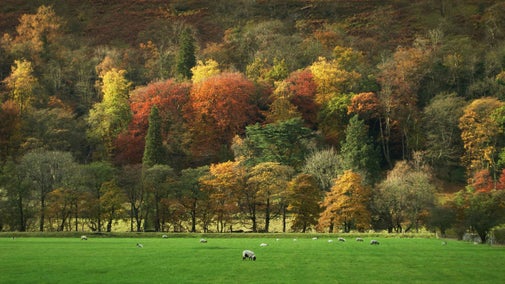Our role as a developer
In the course of our work, we’re also responsible for some new development. Whether it’s for a new visitor centre or a new green energy project, this means we’re a participant in the planning system. Sometimes we apply for change of use to a building to give it a productive future or to aid farm or estate diversification.
Very occasionally, we seek to develop ‘investment’ land to meet an identified housing need. Sometimes donors specifically offer land with development potential to help pay for conservation work in the future.
Our conservation purpose
Our conservation purpose is paramount so in all cases where we apply for planning permission we look to include sustainable development principles, seeking to minimise resource use, waste and pollution; safeguard landscape, wildlife and historic interests; respect local distinctiveness; and provide better access, and a safe and healthy environment.
We’ve developed the following criteria to ensure only suitable projects proceed:
- Adhere to the policies in the relevant local plan.
- Deliver energy efficiency and reduce carbon dioxide emissions.
- Build in harmony with the local environment, built and natural.
- Involve the local community throughout the process.
Leading by example
Most of the land we care for is held for everyone, for ever. Less than 0.01% is currently allocated for housing in local plans and proposed for development by the Trust. When we do release land for development, we aim to use it to show what good housing can look like.
Planning at a national level
The Government’s National Planning Policy Framework (NPPF) is the main set of rules that apply to planning decisions and local plan-making in England. The NPPF, introduced in March 2012, should ensure that development is steered to the most appropriate places and integrates the needs of people, places and the economy.
When the NPPF was being drawn up, the Prime Minister wrote to the Trust to reassure us that ‘our magnificent countryside’ would continue to be protected. He said the reforms would ‘maintain protections for the green belt, for National Parks and Areas of Outstanding National Beauty,’ and would ‘strengthen local participation’.
Monitoring the Government's plan-led system
Since the NPPF came into force in March 2012 we've been checking that the Government’s intentions are being delivered at ground level. We will continue to investigate whether improvements can be made to planning rules to ensure we have a fair and balanced process, delivering good development which meets long-term needs.





